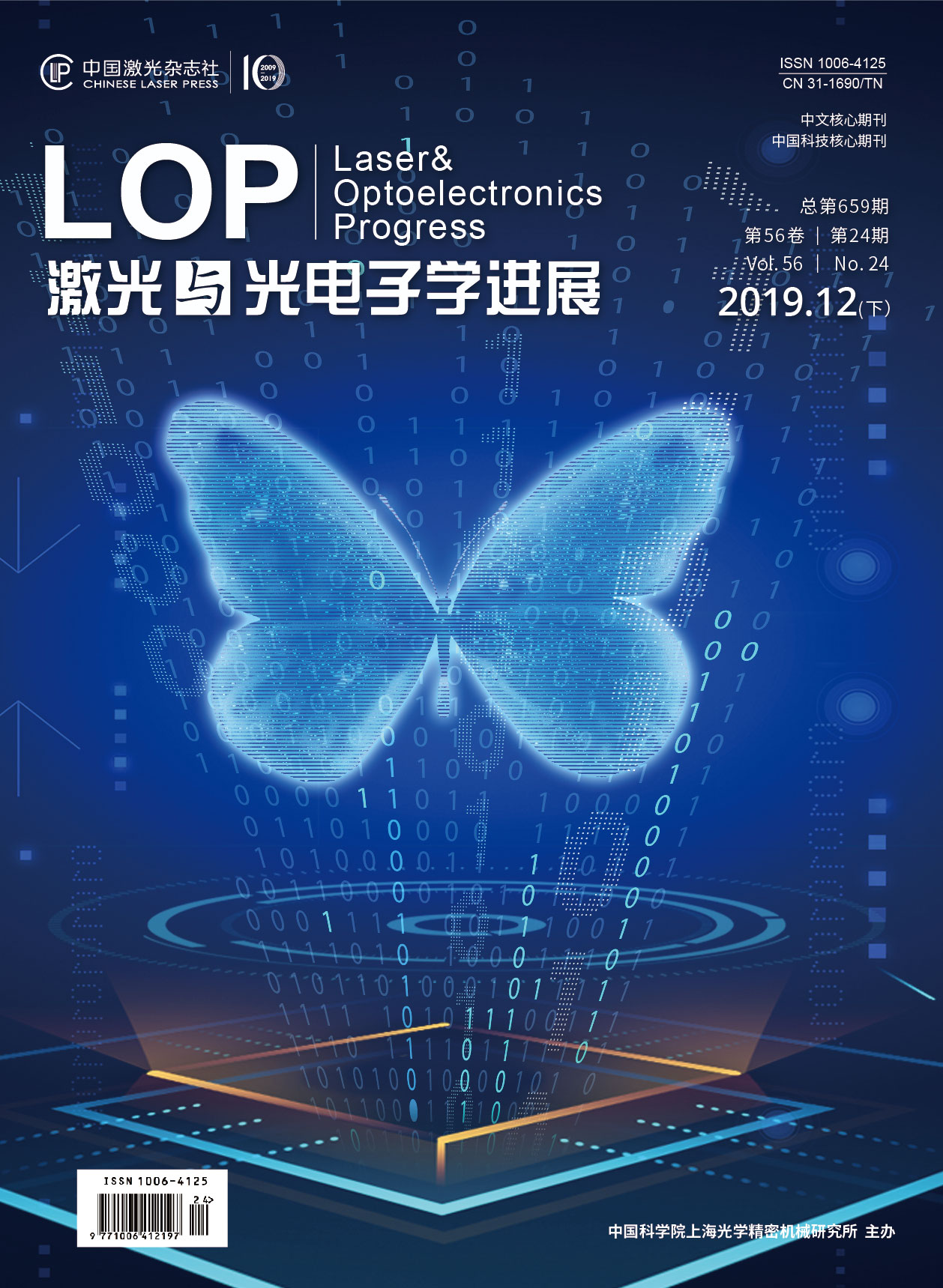激光与光电子学进展, 2019, 56 (24): 243301, 网络出版: 2019-11-26
LED照明的非视觉生物效应随色温变化研究  下载: 1209次
下载: 1209次
Variation of Non-Visual Biological Effect of LED Lighting with Color Temperature
摘要
为了定量分析LED照明非视觉生物效应随色温的变化规律,选择8种大色温范围(2678~7258 K)的LED照明光源,特别是超低色温LED,采集380~800 nm可见光波段光谱分布数据。分别计算8种LED照明光源的1931CIE-XYZ标准色度系统色坐标Z值、415~508 nm波段蓝光占比RC和节律因子KC,并采用最小二乘法进行线性拟合。研究结果表明:当色温在2678~7258 K之间时,LED照明光源非视觉生物效应随色温的增大而增强; 1931CIE-XYZ标准色度系统色坐标Z值和415~508 nm波段蓝光占比可定量表征非视觉生物效应强弱;色坐标Z值、415~508 nm波段蓝光占比RC和节律因子KC随色温变化的函数表达式分别为Z=0.01499+5.24009×10 -5×TC,RC=1.41985+0.00508×TC,KC=0.11895+6.06953×10 -4×TC,相关系数平方R2分别为0.94427,0.93589,0.9598。色坐标Z值与节律因子KC、415~508 nm蓝光占比RC与节律因子KC的函数表达式分别为KC=11.40331×Z-0.01209,KC=0.11698×RC+0.00618,相关系数平方R2分别为0.97991和0.97644。以上结论可为LED照明光源非视觉生物效应的定量分析以及高品质健康LED照明产品的开发提供参考。
Abstract
In this study, eight LED lighting sources with a large color-temperature range (2678-7258 K), especially the ultralow-color-temperature LED, are selected to quantitatively analyze the variation in the non-visual biological effect of LED lighting with the color temperature. The spectral distribution data for the visible band at 380-800 nm are collected. The color-coordinate Z value of the 1931CIE-XYZ standard chromaticity system, the blue-light proportion RC of the 415-508-nm band, and the rhythm factor KC denote that the non-visual biological effect of the LED light source increases along with an increase in the color temperature from 2678 K to 7258 K. Furthermore, the color-coordinate Z value of the 1931 CIE-XYZ standard colorimetric system and the blue-light proportion at 415-508 nm can be used for quantitatively characterizing the strength of the non-visual biological effect. The functional expressions with respect to the changes in the color-coordinate Z value, the blue-light proportion RC in 415-508 nm, and the rhythm factor KC with the color temperature are Z=0.01499+5.24009×10 -5×TC, RC=1.41985+0.00508×TC, and KC=0.11895+6.06953×10 -4×TC, respectively. Further, the corresponding squares of the correlation coefficient R2 are 0.94427, 0.93589, and 0.9598. The functional expressions of the color-coordinate Z value and the blue-light proportion RC at 415-508 nm with respect to the rhythm factor KC are KC=11.40331×Z-0.01209 and KC=0.11698×RC + 0.00618, respectively; the squares of the correlation coefficient R2 are 0.97991 and 0.97644, respectively. These observations can be used for the quantitative analysis of the non-visual biological effect of the LED lighting sources and provide guidance for the development of high-quality-health LED illumination products.
杨超普, 方文卿, 韩昌万, 阳帆, 刘明宝. LED照明的非视觉生物效应随色温变化研究[J]. 激光与光电子学进展, 2019, 56(24): 243301. Chaopu Yang, Wenqing Fang, Changwan Han, Fan Yang, Mingbao Liu. Variation of Non-Visual Biological Effect of LED Lighting with Color Temperature[J]. Laser & Optoelectronics Progress, 2019, 56(24): 243301.







